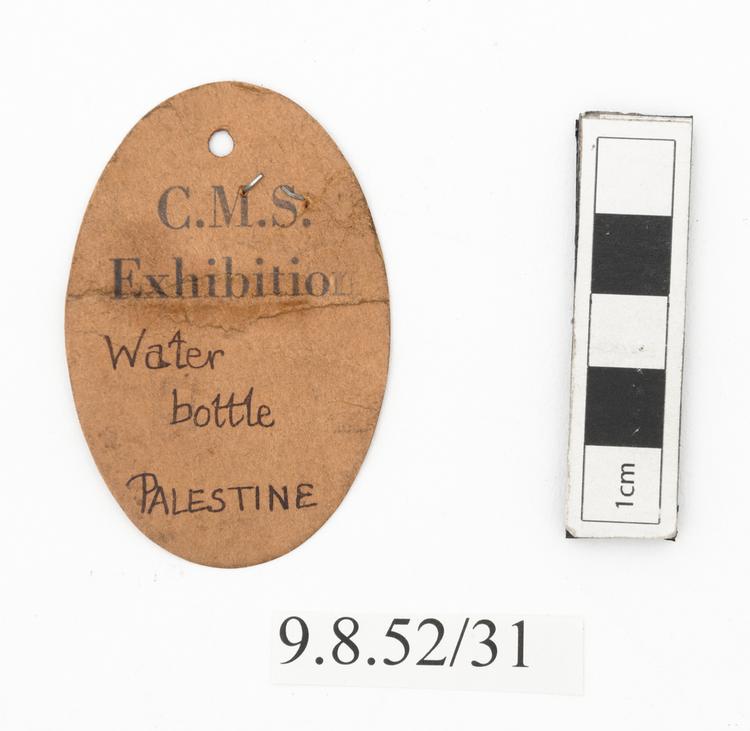Gandharan, terracotta figure of an animal. The figure has incised lines on the back and sides of the torso suggesting a hairy coat.
An animal figurine in red terracotta with a grey core, probably a pig (wild?) (Sus scrofa?). The animal has a blunt muzzle, with punched appliqué eyes and ears and a pellet between the eyes. The legs are short and damaged at their ends. The head rises to a low fan-like projection at the top. The back of the animal is incised with short incisions, clearly to represent a rough coat of hair, the sort of thing typical for a pig, wild or domestic. The short tail seems to be damaged. It is most unlikely that this animal was used for votive purposes, unless these models were ever used as substitutes for the real thing, in some sort of now unknown ritual or sacrificial process. Archaeological context: presumably unstratified and from a surface collection. Marked on the underneath with ‘SD 17’. SD is the Gordon abbreviation for Sar Dheri, an early historic period site on the Charsadda-Mardan road, about 1.5 miles directly east of the great site of Pushkalavati, ancient capital of Gandhara, especially the Charsadda Bala Hissar, Shaikhan Dheri, etc, near modern Charsadda in the district of the same name, Khyber-Pakhtunkhwa, Pakistan. The site of Sar Dheri is said to be some six miles by road from Charsadda. Early Historic Period, circa 1st century BCE. Given by Col. D H Gordon (1952/3).





